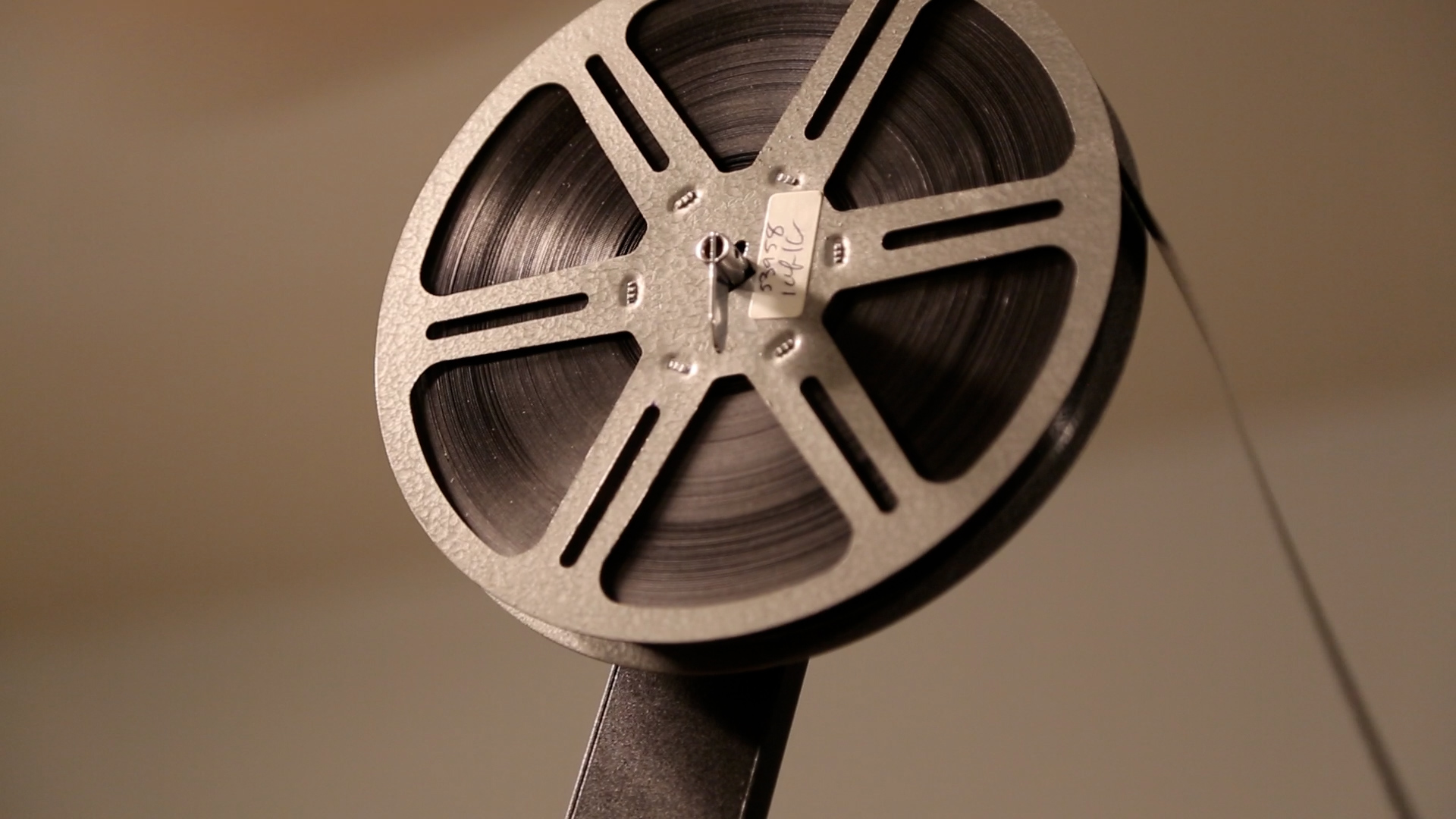
Steel City Outsiders and the Institutional Avant-Garde, the third season of Cut Pathways, a podcast produced by the Carnegie Mellon University Oral History Program, investigates the history of avant-garde arts organizations and communities in Pittsburgh’s Oakland neighborhood in and around the 1970s.
In the 1970s, Oakland emerged as an unlikely center for avant-garde arts. Influential Oakland institutions like Carnegie Museum of Art, Carnegie Mellon University, and the University of Pittsburgh, along with emerging arts organizations like Pittsburgh Filmmakers and the Selma Burke Art Center, began producing spaces where artists could experiment and establish communities built around non-mainstream ideas.
S3:E1 A Museum Shouldn’t Be a Graveyard
Avant-garde cinema found an unlikely home in the Pittsburgh neighborhood of Oakland. DIY screening events at the Crumbling Wall and New Cinema Workshop led to Sally Dixon founding the Film Section at the Carnegie Museum of Art. Throughout the 1970s and for decades after, filmmakers like Stan Brakhage, Carolee Schneemann, Hollis Frampton, and Werner Herzog visited the city, screening their films and lecturing about their work. This is the story of the Film Section.
S3E2: Act of Seeing: A New Day for Cinema in Pittsburgh
Initially an offshoot of the Film Section, Pittsburgh Filmmakers became one of the first and largest media arts centers in the U.S., fostering a community dedicated to experimental film and photography. The organization began as an equipment room in the Carnegie Museum of Art, then found space in the basement of the Selma Burke Art Center. A more permanent location was found in the Oakland neighborhood. Some call Filmmakers in the 1970s the glory days, others point to internal tensions and stresses of growing and solidifying an organization. Two things can be true. This is the story of the early days of Pittsburgh Filmmakers.
S3E3: The Selma Burke Art Center
Renowned sculptor Selma Burke arrived in Pittsburgh in the late 1960s to found the Selma Burke Art Center, an important hub for arts in East Liberty. With classes, lectures, and performances, the SBAC was an important meeting place for youth, local artists, and visiting creators. While not in Oakland, the SBAC is tied to our story through its funders, the Mellon Trust and the Carnegie Institute. This is the story of the Selma Burke Art Center.
S3E4: A New New Music
The Buchla synthesizer has experienced a cultural reemergence through new records from composers Kaitlyn Aurelia Smith and Suzanne Ciani, but for Pittsburgh, the Buchla first arrived in 1969 when composer Morton Subotnick founded the University of Pittsburgh’s Electronic Music Studio. This episode charts the studio’s history from analog to digital. We hear stories about complications with CBS Musical Instruments, a lost George Romero film, and computers that could play synthesizers. This is the story of the University of Pittsburgh’s Electronic Music Studio.
S3E5: Entertaining the Subconscious
Carnegie Mellon is often a place where art and technology meet. This episode looks at two such instances. In the late 1960s, Duane Palyka was writing programs for a Bendix G-20 computer to make art. Layers of text characters creating sweeping vector-like printed images. A decade later, computer scientist Roger Dannenberg arrived on campus. He quickly co-founded the Computer Music Project, developed MIDI-based programs, and later co-created Audacity. These are stories about art and technology at CMU.
S3E6: Video Art, Film Posters, and the Travel Sheet
In 1975, Sally Dixon left the Carnegie Museum of Art. But Bill Judson took over the Film Section, expanded the program’s offerings, and introduced video art into the galleries. Judson guided the program until it was shuttered in 2003. In this episode, we zoom in on certain details of this era. Graphic designer Maria Paul Kyros discusses the process of designing the Film Section posters. Lindsay Mattock and Ben Ogrodnik discuss the importance of the Travel Sheet. This is the continuing story of the Film Section.
S3E7: The Year Punk Broke (in Pittsburgh)
In 1976, punk started making headlines in New York and England, and by 1977, punk was central to a growing community of Pittsburghers in the neighborhood of Oakland. The punk scene spanned communities. The riotous onslaught of earnestly played guitars ringed through the halls of Carnegie Mellon and the University of Pittsburgh. Flyers sprung up on telephone polls. At Pittsburgh Filmmakers, 8mm cameras brought in a new era of low-budget narrative filmmaking that broke from the Structuralist trends of the 1970s while still avoiding the trappings of Hollywood. This is a story about the first wave of punk in Pittsburgh.
